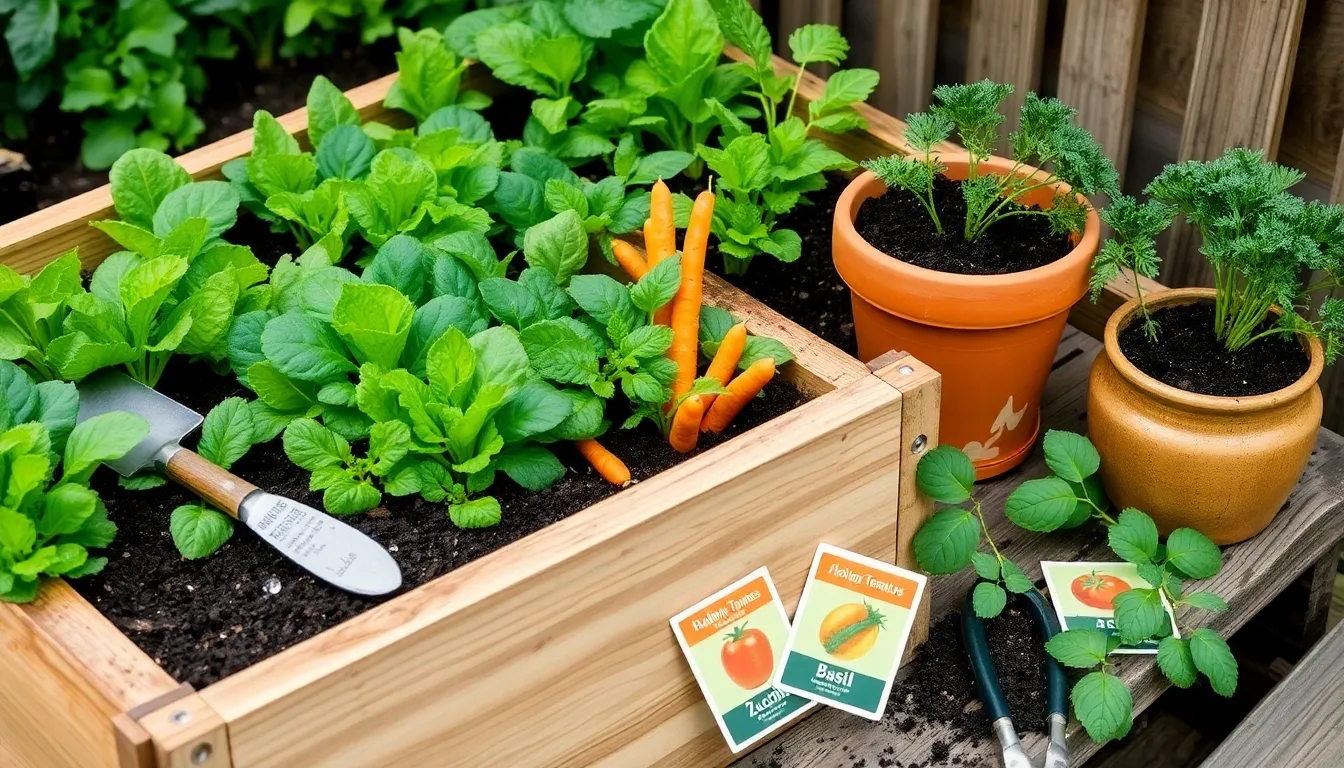There’s something inherently magical about transforming a patch of earth into a thriving vegetable garden. Whether you’re a seasoned green thumb or just beginning to explore the joys of gardening, starting your own vegetable garden is a journey filled with rewards—fresh produce, a deeper connection to nature, and a profound sense of accomplishment. This endeavor not only nurtures the body with wholesome food but also nourishes the soul, offering a serene escape from the hustle of daily life.
Embarking on this green journey might seem daunting at first, but rest assured, the path to a flourishing vegetable garden is lined with simple, actionable steps. In this article, you’ll discover how to choose the perfect spot, select the right vegetables for your climate, and prepare the soil to give your plants the best start possible. We’ll guide you through the essentials of planting, watering, and caring for your garden, ensuring that whether you’re planting your first seed or your hundredth, you feel confident and inspired. Welcome to the world of vegetable gardening, where every seed holds the promise of a bountiful harvest and every gardener is a steward of growth.
Select the Ideal Garden Spot

Choosing the right spot for your vegetable garden is crucial for maximizing growth and yield. Begin by observing your yard to identify areas that receive at least six to eight hours of full sun daily, as most vegetables thrive under these conditions.
It’s important to consider the soil quality in your chosen location. Look for an area with well-draining soil, as this will help prevent waterlogging, which can lead to root rot in your plants.
Ensure your garden spot is easily accessible for regular maintenance activities like watering and harvesting. Having a water source nearby is ideal, as consistent moisture is essential, especially in the early growth stages of your vegetables.
Advanced gardeners might opt for a soil test to determine the pH and nutrient levels of the garden site. This will allow you to amend the soil with the right fertilizers or organic matter, promoting optimal plant health and productivity.
Prepare Soil for Planting
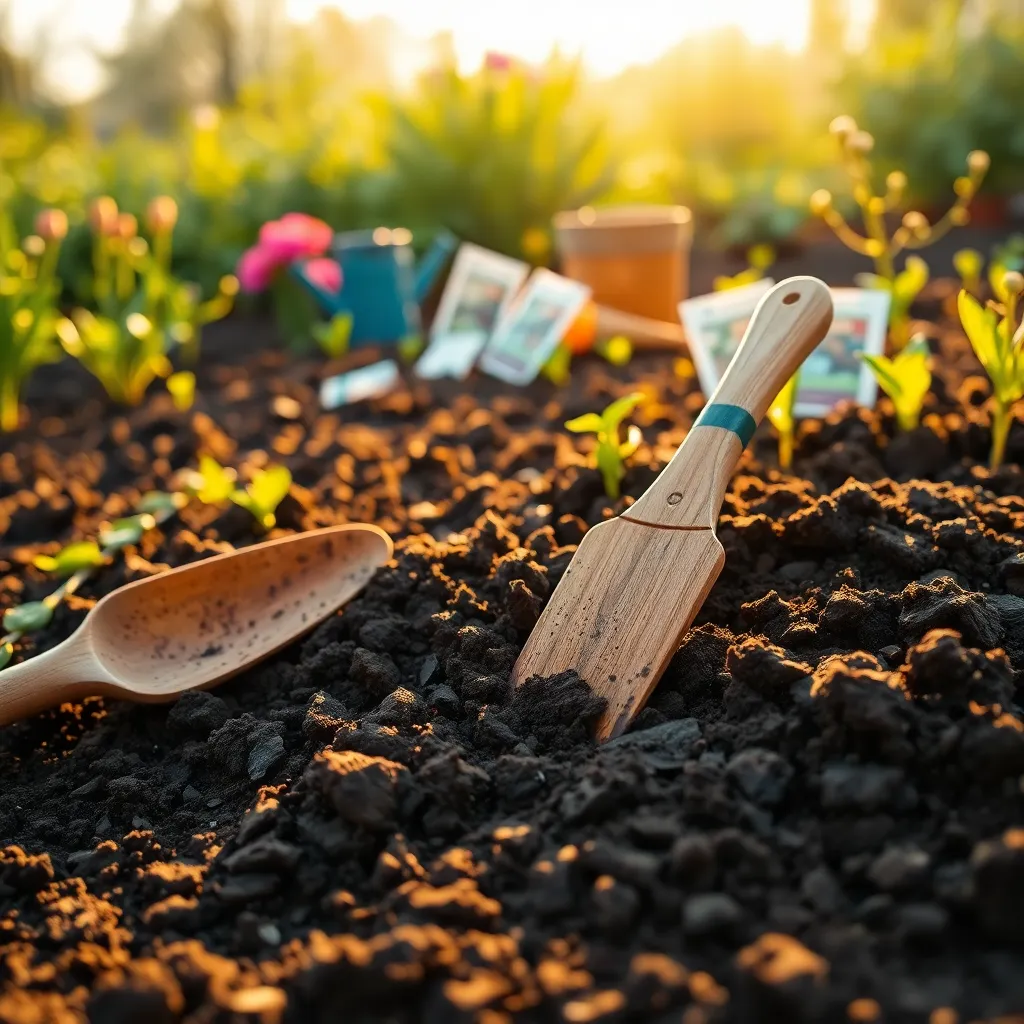
Before you plant your first seed, you’ll need to ensure the soil is in top condition to support healthy plant growth. Begin by removing any weeds, rocks, or debris from the area to create a clean slate for your vegetable garden.
Next, assess the soil type by taking a handful and squeezing it in your palm. If it forms a loose ball that’s not sticky, it’s likely a loamy soil, which is ideal for most vegetable gardens due to its balanced texture.
It’s important to test the soil’s pH level, which should ideally be between 6.0 and 7.5 for most vegetables. You can purchase a simple pH testing kit from a garden center and adjust the pH by adding lime to raise it or sulfur to lower it as needed.
Incorporating organic matter such as compost or well-rotted manure can significantly improve soil fertility and structure. Aim to mix in about 2 to 3 inches of organic material to a depth of 6 to 8 inches for optimal results.
For those with heavy clay or sandy soils, consider amending with additional organic matter or using raised beds to enhance drainage and soil quality. This step is particularly beneficial for ensuring that your vegetables have access to the right amount of nutrients and moisture throughout the growing season.
Choose Suitable Vegetable Seeds
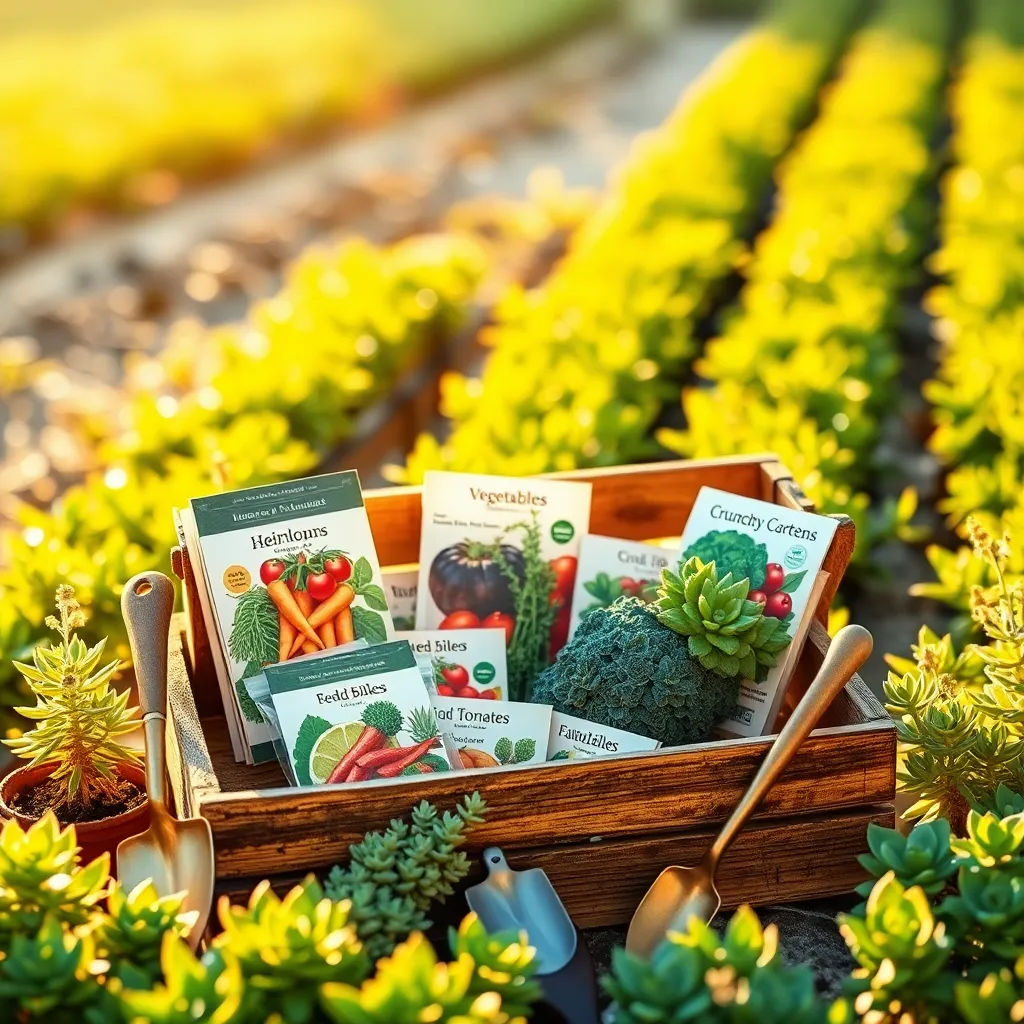
Choosing the right vegetable seeds is crucial for a successful garden, as it sets the foundation for what you will harvest. Start by considering your local climate and the growing season length, which are essential factors in selecting seeds that will thrive.
For beginners, it’s best to opt for vegetables that are easy to grow and maintain. Varieties like radishes, lettuce, and bush beans are excellent choices because they require minimal care and have a short time to harvest.
Experienced gardeners might want to explore heirloom or unique varieties for more diverse flavors and textures. These seeds often require specific conditions, so pay attention to details like soil type and sunlight requirements indicated on the seed packet.
When planning your garden, think about the space you have available. If your garden area is limited, choose compact or container-friendly options such as cherry tomatoes or dwarf peppers, which can thrive in smaller spaces.
It’s also beneficial to consider the soil quality in your garden to ensure it’s suitable for the seeds you choose. Conduct a simple soil test to determine pH and nutrient levels, and amend your soil accordingly with compost or fertilizers to create the ideal growing environment.
Finally, for a continuous harvest throughout the season, practice succession planting by sowing new seeds every few weeks. This technique allows you to enjoy fresh produce continuously and maximizes the productivity of your garden space.
Plan and Create Planting Layout
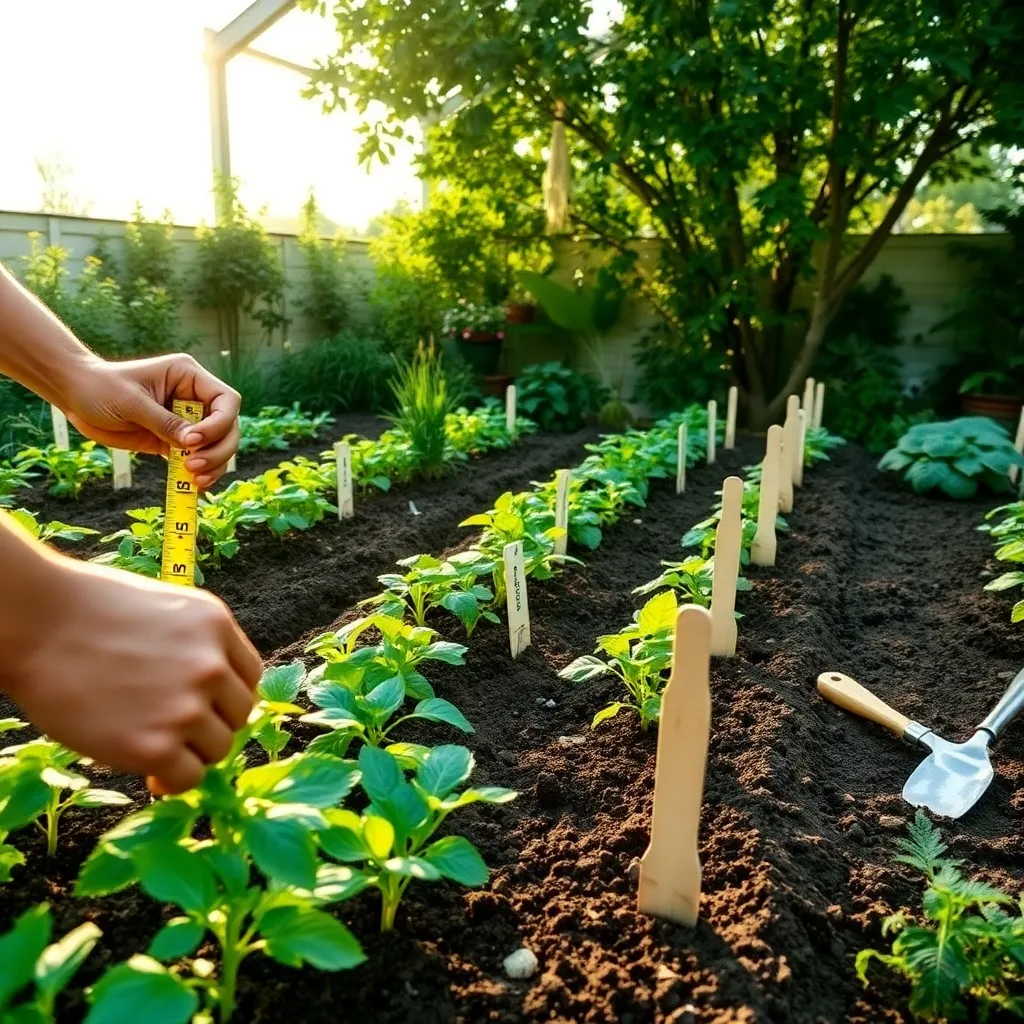
Designing the layout of your vegetable garden begins with understanding the space you have available. Take into consideration the amount of sunlight your garden receives daily, as most vegetables thrive in full sun.
Next, think about the spacing requirements for each type of vegetable. Leafy greens like lettuce can be planted closer together, while larger plants such as tomatoes need more room to spread.
It’s important to group plants with similar needs together to make watering and maintenance easier. For instance, plant water-loving vegetables like cucumbers and zucchinis together, and keep drought-tolerant species in another section.
Consider using companion planting techniques to maximize your garden’s productivity. For example, plant basil near tomatoes to improve flavor and deter pests naturally.
- Use a grid layout for easy access and maintenance.
- Incorporate pathways to avoid compacting the soil.
- Rotate crops each season to maintain soil health.
Advanced gardeners may experiment with vertical gardening to save space and increase yield. This technique is especially useful for climbing plants like beans and peas, which can be trained up trellises or supports.
Water and Maintain Regularly
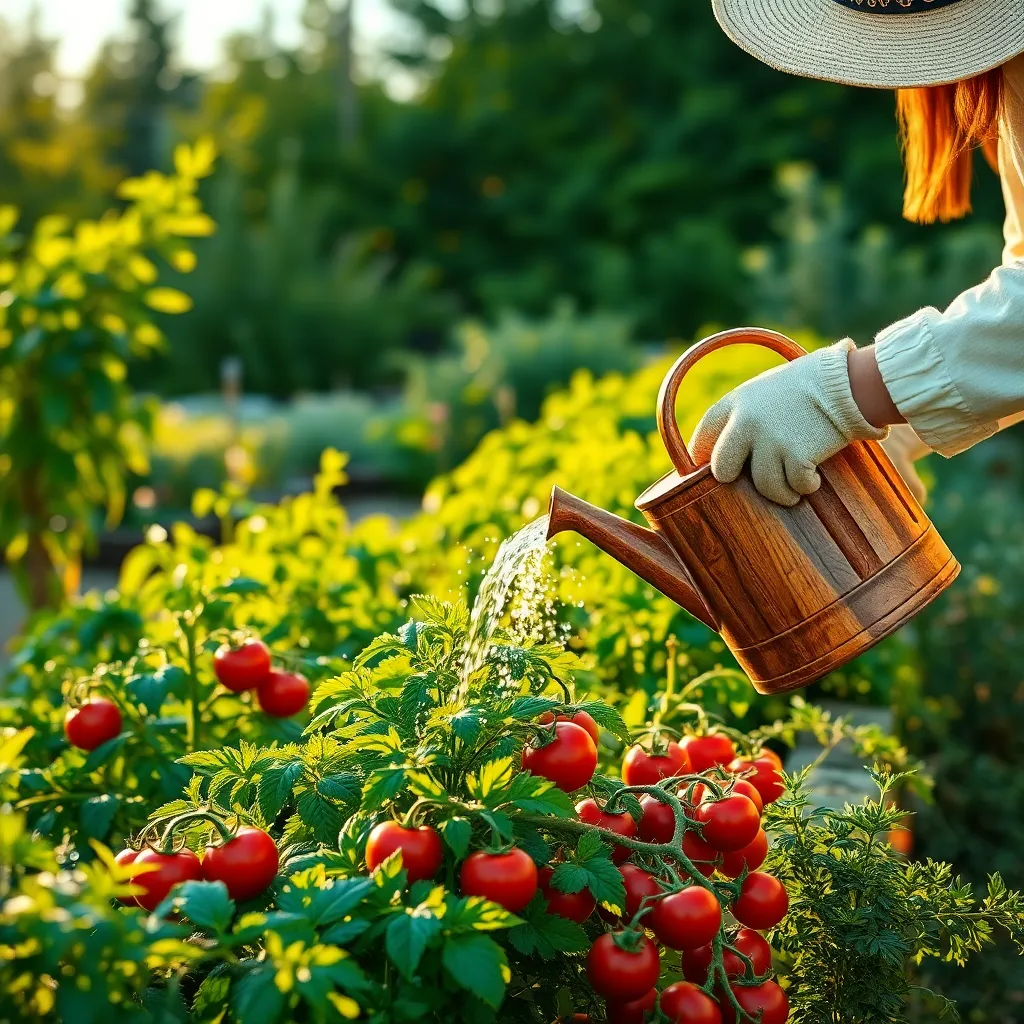
Once your planting layout is ready, it’s essential to establish a regular watering routine. Vegetables typically require about 1-1.5 inches of water per week, which can come from rainfall or supplemental watering.
Consider using a soaker hose or drip irrigation system for more efficient watering. These methods allow water to seep directly into the soil, minimizing evaporation and ensuring consistent moisture levels for your plants.
Monitoring soil moisture is crucial, especially during hot, dry spells. Stick your finger about an inch into the soil; if it feels dry, it’s time to water.
Avoid overwatering, which can lead to root rot and other issues. Ensure your garden has well-draining soil to prevent water from pooling around your vegetable roots.
In addition to watering, maintaining your garden involves regular upkeep like weeding and mulching. Mulching helps retain soil moisture and suppress weeds, providing a healthier growing environment for your plants.
Keep an eye out for pests and diseases, removing any affected plants or leaves promptly. Practicing crop rotation and companion planting can also help reduce pest issues and promote a thriving garden.
Feed your vegetables with a balanced fertilizer every few weeks to support their growth. For an organic approach, consider using compost or well-rotted manure as a nutrient-rich soil amendment.
Conclusion: Growing Success with These Plants
In exploring the journey of starting a vegetable garden, we’ve uncovered five key relationship concepts that extend well beyond the soil. First, we’ve learned the importance of communication, as nurturing plants requires understanding their needs just like tending to a partner’s needs. Next, patience stands out; relationships, like gardens, flourish over time with consistent care. Third, adaptability is crucial, as weathering life’s storms requires flexibility and resilience. Fourth, shared goals foster unity, whether you’re planting seeds or planning a future together. Lastly, celebrating small victories cultivates joy and strengthens bonds.
As an actionable step, consider planting a small herb garden with your partner this weekend. It’s a simple yet powerful way to practice these concepts and deepen your connection. Remember, growth takes time, and every effort counts.
Bookmark this article to revisit these insights whenever you seek inspiration. As you nurture both your garden and your relationship, you’ll find that the fruits of your labor are both plentiful and rewarding. Embrace the journey, and know that with love and dedication, your relationship will thrive and blossom beautifully.
